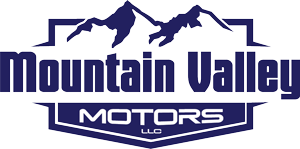Benefits of Using an Independent Repair Shop Over a Dealership
This is a guest post by Ron Haugen who is the owner of Westside Auto Pro’s in Des Moines IA. Named “Best Place for Auto Repair” in 2010, 2011, 2012, 2013 & 2014 by the Des Moines Business Record. You just barely bought your car and it’s already time to think about whether to be […]
